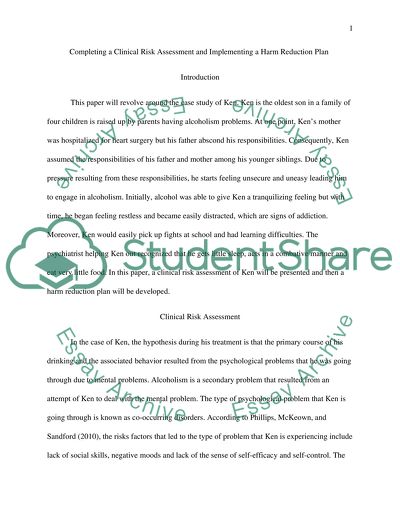Cite this document
(“Completing a Clinical Risk Assessment Term Paper”, n.d.)
Completing a Clinical Risk Assessment Term Paper. Retrieved from https://studentshare.org/psychology/1456823-completing-a-clinical-risk-assessment
Completing a Clinical Risk Assessment Term Paper. Retrieved from https://studentshare.org/psychology/1456823-completing-a-clinical-risk-assessment
(Completing a Clinical Risk Assessment Term Paper)
Completing a Clinical Risk Assessment Term Paper. https://studentshare.org/psychology/1456823-completing-a-clinical-risk-assessment.
Completing a Clinical Risk Assessment Term Paper. https://studentshare.org/psychology/1456823-completing-a-clinical-risk-assessment.
“Completing a Clinical Risk Assessment Term Paper”, n.d. https://studentshare.org/psychology/1456823-completing-a-clinical-risk-assessment.


